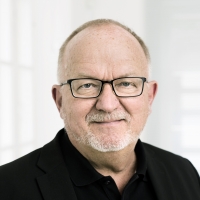09:30 - 10:00
’The Copenhagen Model’ og Københavns Turnaround
Jens Kramer Mikkelsen will share his experiences on how to work with the Copenhagen Model for regenerating cities.
Thirty years ago, the city of Copenhagen was experiencing 17.5 percent unemployment, an out-migration of population, the loss of manufacturing, the decline of taxing capacity, and an annual budget deficit of $750 million. Today, the city has been transformed into one of the wealthiest in the world.
Like many innovations, the genesis of the Copenhagen Model was a product of crisis. The mayor of Copenhagen at the time, Jens Kramer Mikkelsen, put it as follows: “We knew the city was in a desperate situation and we needed to [make large-scale infrastructure investments] to address this situation. However, to pay for the grand infrastructure project we needed serious money. We could not raise taxes. Also, we needed agility and flexibility to operate.”
The solution: transfer vast amounts of public land to a new publicly owned, privately managed corporation. Rezone the land — primarily in the old harbor and an undeveloped area between the airport and the downtown — for residential and commercial use. Then use the revenues projected by smart zoning and asset management — not taxes — to finance cross-city transit infrastructure, thereby spurring the regeneration of core areas of the city.
The results of this institutional model have been nothing short of transformative. A vibrant, multi-purpose waterfront. A world-class transit system. Thousands of housing units built for market and social purposes in accordance with energy-efficient standards.

